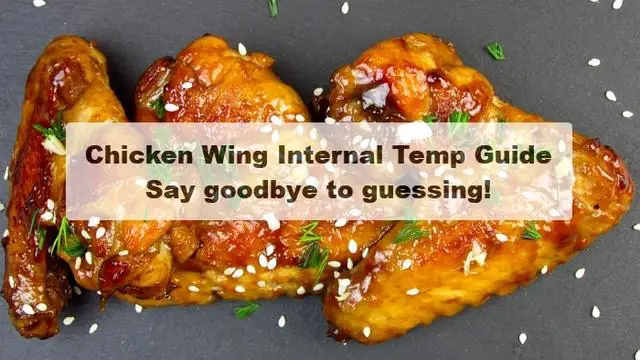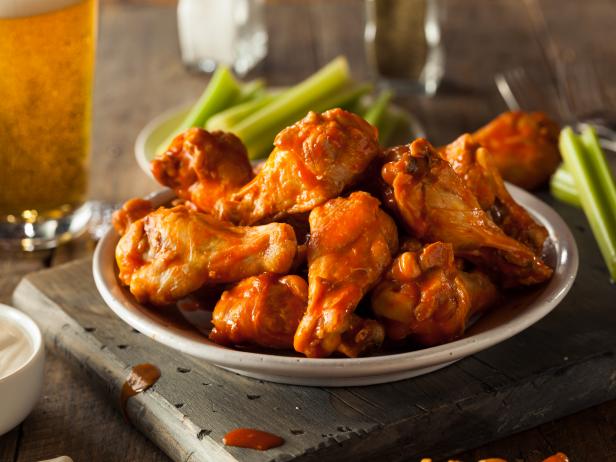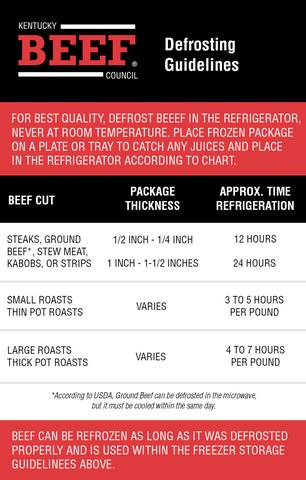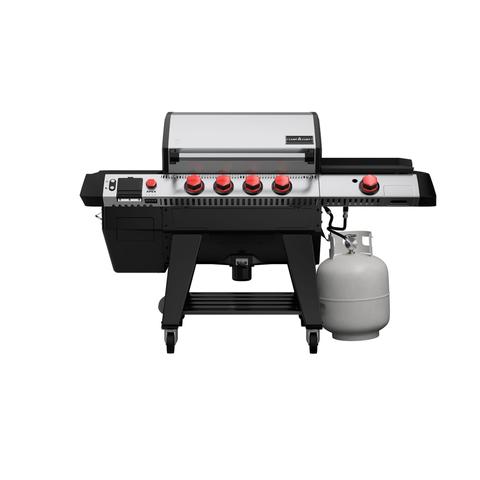
Unlocking the Secrets of Chicken Wings: Exploring the Science Behind Internal Temperature
Internal Temp of Chicken Wings: Go Above 165F!
In order for a chicken wing to be considered good – it should have crispy skin (a crunch is optimal) and moist, juicy meat. While chicken wings should be cooked to at least 165F internal in order to be considered safe for consumption, they can be pushed past this while improving the eating experience.

The first thing to understand is that white and dark meat are cooked differently. However, chicken wings are unlike other cuts of chicken. Chicken wings have the highest skin to meat ratio of any cut, they also feature lots of fat and collagen. Visually, chicken wings are white meat – like breast meat – but cook like they’re dark meat – like the legs and thighs.
White and dark meat are dictated by Myoglobin content; Dark meat contains more myoglobin than white meat. Dark meat is comprised of slow-twitch muscle fibers which require a consistent energy source like oxygen to function. The protein myoglobin stores oxygen in cells and provides muscles with oxygen required for activity. White meat, on the other hand, is comprised of fast-twitch muscles which use glycogen stored in muscles for quick bursts of energy.
Typically, white and dark meat are cooked much differently from one another. Chicken breast is cooked until 165F internal for food safety – going past this number will cause the meat to dry out as moisture is forced out of the muscle. Chicken thighs and legs can be cooked until 175-200F and still remain juicy and moist with crispy skin due to their higher connective tissue content (collagen).
Chicken wings have the highest skin to meat ratio of any part of the entire bird. The fat content underneath the skin and collagen (connective tissue) contribute to the rubbery texture of the skin and difficulty in cleanly biting the meat from the bones. By cooking wings to 175-200F, more fat is rendered from under the skin and collagen/connective tissues turn into gelatin, resulting in a more enjoyable eating experience.
Apart from using internal temperature, visual cues can also indicate when chicken wings are done. Wings that are “done” will usually have brown, crispy skin that bubbles as fat underneath renders. The skin will be crisp to the touch and you can audibly hear this if you drag a knife/probe/tongs across it. These visual cues can be helpful, especially when cooking larger quantities of wings where probing each wing may be troublesome.
Chicken Wings are White Meat

Chicken wings, despite their appearance and texture, are considered white meat. This is because they contain fast-twitch muscles that are not used as frequently as the slow-twitch muscles found in dark meat. Chickens primarily use their wings for quick bursts of energy and do not rely on them for extended periods of activity like walking or standing.
White meat, including chicken breasts and wings, contains less myoglobin compared to dark meat. Myoglobin is a protein that stores oxygen in cells and provides muscles with the necessary oxygen for activity. Since white meat uses glycogen stored in muscles for energy, it requires very little myoglobin. This lower myoglobin content gives white meat its characteristic pale color.
Despite being classified as white meat, chicken wings have unique characteristics due to their high skin-to-meat ratio. The presence of fat underneath the skin and collagen (connective tissue) can make the skin chewy and the meat difficult to cleanly bite from the bones. Cooking chicken wings to a higher temperature, around 175-200F, can render more fat and collagen into gelatin, resulting in crispy skin and moist, juicy meat.
Chicken Wings and Collagen Content
Chicken wings have a high collagen content, which is a type of connective tissue. Collagen helps give structure to the meat and contributes to its texture. When chicken wings are cooked to a higher temperature, around 175-200F, the collagen breaks down and turns into gelatin. This process helps make the meat more tender and moist, while also allowing the skin to become crispy.
Unlike other cuts of chicken, chicken wings have a unique composition that affects how they cook. While visually they appear to be white meat like breast meat, they actually cook more like dark meat such as legs and thighs. This is because chicken wings have a higher skin-to-meat ratio, as well as more fat and collagen. The presence of these factors means that chicken wings can withstand higher temperatures without drying out, unlike breast meat which becomes drier past 165F.
To achieve the ideal texture for chicken wings, it is recommended to cook them to a temperature range of 175-200F. This allows for the rendering of fat from under the skin and the breakdown of collagen into gelatin, resulting in crispy skin and juicy meat. It is important to visually check for cues of doneness, such as browned and crisp skin, rather than solely relying on internal temperature readings. However, using an instant-read thermometer can still be helpful for ensuring food safety when cooking large quantities of wings.

Why Internal Temperature is a Bad Guide for Wings
Cooking chicken wings to a specific internal temperature, like 165F, may not be the best indicator of doneness. Unlike other cuts of chicken, wings have a unique composition with a high skin-to-meat ratio and lots of fat and collagen. This means that simply relying on internal temperature may result in overcooked or undercooked wings.
Instead of solely using internal temperature, it is important to consider visual cues. Well-cooked wings usually have crispy brown skin that is crisp to the touch. The fat underneath the skin should be rendered and bubbling, resulting in a more tender and flavorful wing. By focusing on these visual cues, you can achieve perfectly cooked wings without relying solely on internal temperature.
Additionally, probing wing meat can be challenging due to the varying shapes and sizes of wings. It would require probing each individual wing to ensure proper doneness, which can be time-consuming and impractical when cooking large quantities. Therefore, using visual cues and understanding the unique composition of chicken wings is essential for achieving delicious results.
In conclusion, ensuring the internal temperature of chicken wings is crucial to prevent foodborne illnesses. Cooking them thoroughly until reaching an internal temperature of 165°F (74°C) will guarantee their safety and eliminate any risk of bacterial contamination.
Learn More About Grilling
If you want to learn more about grilling, check out these other helpful resources!











